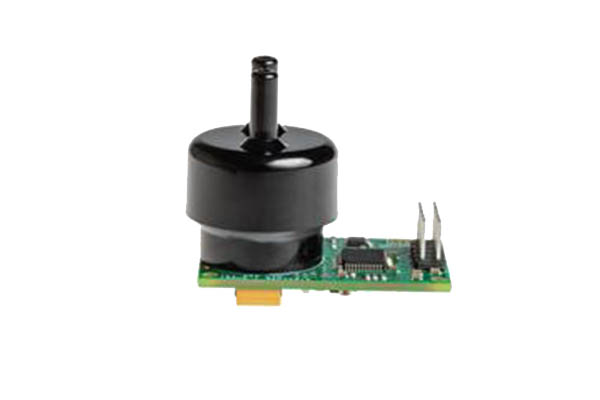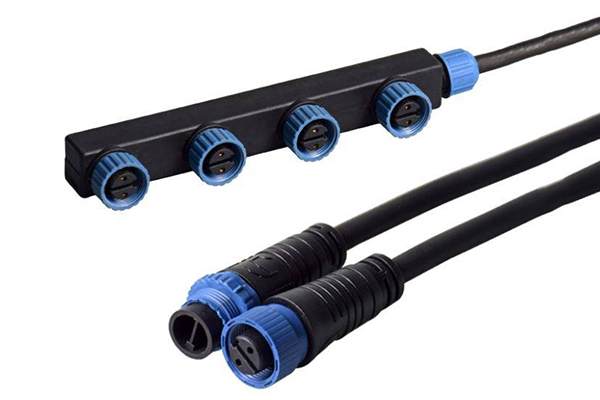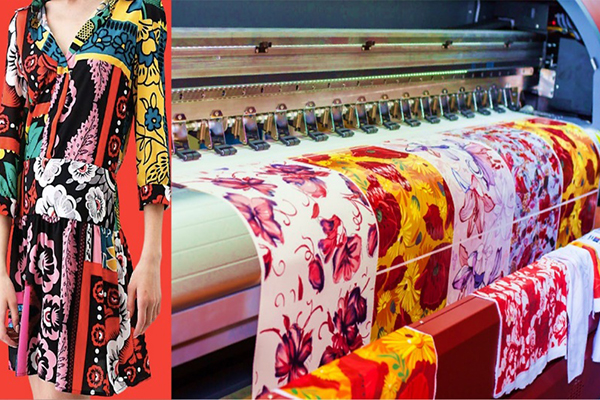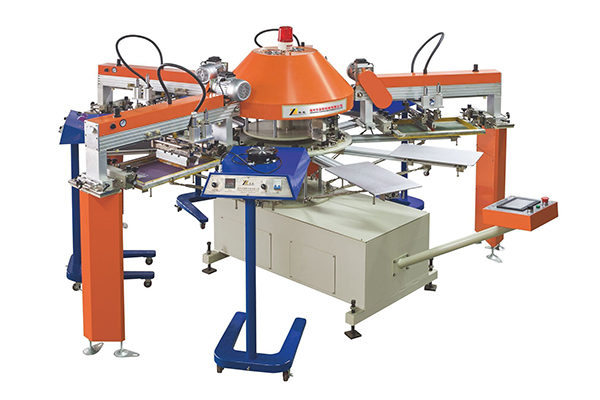UV curing plays a vital role in the ink printing process, where ultraviolet (UV) light is used to cure UV-curable materials. One essential component in this process is a UV sensor, which helps monitor and control UV intensity for effective curing. In this blog, we will introduce the GUVA-T11GD UV sensor, a high-quality sensor commonly used in UV curing applications for ink printing.
UV Curing in Ink Printing:
Ink is a homogeneous mixture consisting of colored bodies (such as pigments or dyes), binders, fillers, and additives. It is used for printing and drying on the printing substrate. Color, viscosity, and drying properties are crucial characteristics of the ink. UV curing, a photopolymerization process, uses UV light to cure UV-curable materials, unlike traditional drying processes that rely on solvent evaporation. UV curing offers advantages such as low volatile organic compound (VOC) emissions and rapid curing, making it widely used in various industries.
What are UV Sensors?
UV sensors, or ultraviolet sensors, are electronic devices designed to detect and measure ultraviolet (UV) light. UV light is electromagnetic radiation with a wavelength shorter than visible light but longer than X-rays, typically ranging from 10 nanometers (nm) to 400 nm. UV sensors are utilized in various applications to monitor and measure UV intensity for various purposes, including UV exposure monitoring, UV index measurement, UV curing processes, and UV disinfection.
UV sensors work based on the principle of the photoelectric effect. When UV light strikes the sensor’s surface, it generates an electric current or voltage proportional to the intensity of the UV radiation. The sensor converts UV light energy into an electrical signal that can be measured and analyzed.
UV sensors can be categorized into several types based on their operating principles and applications:
- Photodiode Sensors: These sensors utilize a semiconductor device that generates a current when exposed to UV light. Photodiodes can be designed specifically for UV detection or have a wider spectral range, including UV wavelengths.
- Phototransistor Sensors: These sensors use a phototransistor type that amplifies the current generated by UV light. Phototransistors provide higher sensitivity than photodiodes and are often used in low-light conditions.
- UV Index Sensors: UV index sensors are designed to measure the UV index, a measurement of the UV radiation intensity from the sun. They provide information about the potential harm to human skin and eyes due to UV exposure, helping individuals take necessary precautions.
- UV-C Sensors: UV-C sensors are specialized sensors that detect UV radiation in the UV-C wavelength range (200-280 nm). They are commonly used in UV disinfection applications to monitor and control UV-C germicidal lamps used for sterilization purposes.
UV sensors find applications in various fields, including environmental monitoring, industrial processes, medical equipment, consumer electronics, and agriculture. They play a crucial role in ensuring the safety and effectiveness of UV-based processes, such as UV curing in printing, UV sterilization, and UV exposure monitoring for personal protection.
Introduction to GUVA-T11GD UV Sensor:
The GUVA-T11GD UV sensor is a high-quality sensor designed for UV intensity detection and control in UV curing processes. It features excellent visible light immunity, photovoltaic operation, high responsiveness, and low dark current. The sensor finds applications in UV intensity monitoring, UV index detection, outdoor UV index measurement devices, UV disinfection, and UV curing processes. It can also be utilized in UV flame detection.
Features of GUVA-T11GD UV Sensor:
- Compact chip size of 0.4mm with TO-46 package
- Utilizes gallium nitride (GaN) material
- Schottky photodiode
- Excellent visible light immunity
- Photovoltaic operation
- High responsiveness and low dark current
- Applications of GUVA-T11GD UV Sensor:
- The GUVA-T11GD UV sensor is suitable for various applications, including:
- Full UV spectrum monitoring
- Sterilization lamp monitoring
- UV-A lamp monitoring
- Specifications of GUVA-T11GD UV Sensor:
- Spectral detection range: 220-370nm
- Active area: 0.076mm2
- Responsivity: 0.18A/W
- Dark current: 1nA
- Photocurrent: 145~177nA at 1mW/cm2 UV-A lamp
Conclusion:
The GUVA-T11GD UV sensor is an excellent choice for UV intensity monitoring and control in ink printing processes utilizing UV curing. Its compact size, high responsiveness, and low dark current make it a reliable and efficient solution for UV curing applications. By incorporating UV sensors like the GUVA-T11GD into the ink printing process, businesses can ensure consistent and effective UV curing, improving printing quality and productivity.
With the development of UV-LED technology, UV curing processes are entering a new era with increased environmental friendliness, energy efficiency, and longevity. UV sensors, like the GUVA-T11GD, continue to evolve alongside these advancements, offering enhanced performance and expanded applications. By leveraging the capabilities of UV sensors, the ink printing industry can achieve better control and optimization of UV curing processes, leading to enhanced productivity and customer satisfaction.



